On 7 October 1571, Don John of Austria, son of the Emperor Charles V, commanding the navies of the Pope and the Emperor, together with the navies of the Sovereign Military Order of Malta and of Spain and Venice, defeated a much larger Muslim Turkish navy off the coast of Greece at a place now called Naupactos.
To the men of his day this place was called by its Roman name:
Lepanto
How did this extraordinary victory come about?
The answer is simple enough. it was obtained - yet again - by the most powerful weapon known to men: the holy Dominican Rosary chaplet of the Blessed Virgin Mary.
Prior to this, one of the greatest naval battles of Roman Christendom, the Pope, St Pius V, himself a Dominican friar, ordered the praying of the Holy Rosary throughout the length and breadth of Christendom, just as was later to be done before the Battle of Vienna in 1683.
As a result the feast of our Lady of Victory (later our Lady of the Rosary) was instituted by the popes for an everlasting memory.
Let us hear what Abbot Prosper Gueranger OSB of Solesmes says of that great battle and feast in his great work, The Liturgical Year (the book read to St Therese of Lisieux when she was a child):
"Soliman II, the greatest of the Sultans, taking advantage of the confusion caused in the West by Luther, had filled the 16th century with terror by his exploits. He left to his son, Selim II, the prospect of being able at length to carry out the ambition of his race: to subjugate Rome and Vienna, the Pope and the Emperor, to the power of the crescent.
The Turkish fleet had already mastered the greater part of the Mediterannean, and was threatening Italy, when, on 7 October 1571, it came into action, in the Gulf of Lepanto, against the pontifical galleys supported by the fleets of Spain and Venice.
It was Sunday; throughout the world the confraternities of the Rosary were engaged in their work of intercession. Supernaturally enlightened, St Pius V watched from the Vatican the battle undertaken by the leader he had chosen, Don John of Austria, against the 300 vessels of Islam.
The illustrious Pontiff, whose life's work was now completed, did not survive to celebrate the anniversary of the triumph; but he perpetuated the memory of it by an annual commemoration of our Lady of Victory.
His successor, Gregory XIII, altered the title to our Lady of the Rosary, and appointed the first Sunday of October for the new feast [now celebrated on 7 October, the actual day of the battle - ed], authorising its celebration in those churches which possessed an altar under that invocation
A century and a half later, this limited concession was made general. As [now Venerable]Innocent XI, in memory of the deliverance of Vienna by King Jan Sobieski, had extended the feast of the most Holy Name of Mary to the whole Church, so, in 1716, Clement XI inscribed the feast of the Rosary on the universal calendar, in gratitude for the victory gained by Prince Eugene of Savoy [commander-in-chief of the Imperial forces] at Peterwardein, on 5 August, under the auspices of our Lady of the snow. This victory was followed by the raising of the siege of Corfu, and completed a year later by the taking of Belgrade."
After Vienna, Peterwardein and Belgrade, the Muslim Turks were finally routed and never again troubled Roman Christendom.
Such was - and is - the extraordinary power of the Holy Rosary of St Dominic.
Beads of Paternosters and Aves have been said from very early times and were commonly said by the knights and sergeants of the Military religious Orders when in battle and on campaign, when they could not say their Office.
St Dominic formalised the current Dominican Rosary prior to the Battle of Muret in 1213 (that battle was again won on 12 September - the day after the mysterious 9/11) when he prayed for Count Simon de Montfort and his 700 knights as they sallied forth against a huge army of 50,000 Albigensians - rather like Theoden of Rohan against the massive army of Saruman and Isengard in The Lord of the Rings.
Like Theoden, de Montfort and his knights routed the Albigensians by charging straight into their midst. They gained the Albigensian headquarters and when their leader, the heretic King Peter of Aragon, was slain, the Albigensians fled.
Nevertheless, Count Simon wept over the corpse of King Peter whom he had known and admired as a soldier and whom he had hoped could be spared, powerful heretic and enemy though he was.
Thus the day was won and the tiny Catholic army triumphed over the huge heretic army. This, again, was another great victory obtained by the all-powerful Rosary of our Lady.
Small wonder, then, that our Lady has so often appeared and asked her children to pray the Holy Rosary for victory and peace, as she did to St Bernarde of Lourdes (St Bernadette) and later to the little shepherds at Fatima in 1917 during the Great War.
When we face fearful odds in the cause of right we must turn to our Lady and to her powerful weapon - the sword of the spirit - the chaplet of the Holy Rosary.
Our Lady of the Rosary, pray for us!
St Dominic, pray for us!
St Pius V, pray for us!
Ven Innocent XI, pray for us!
...










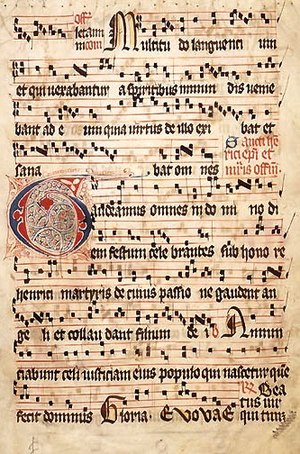

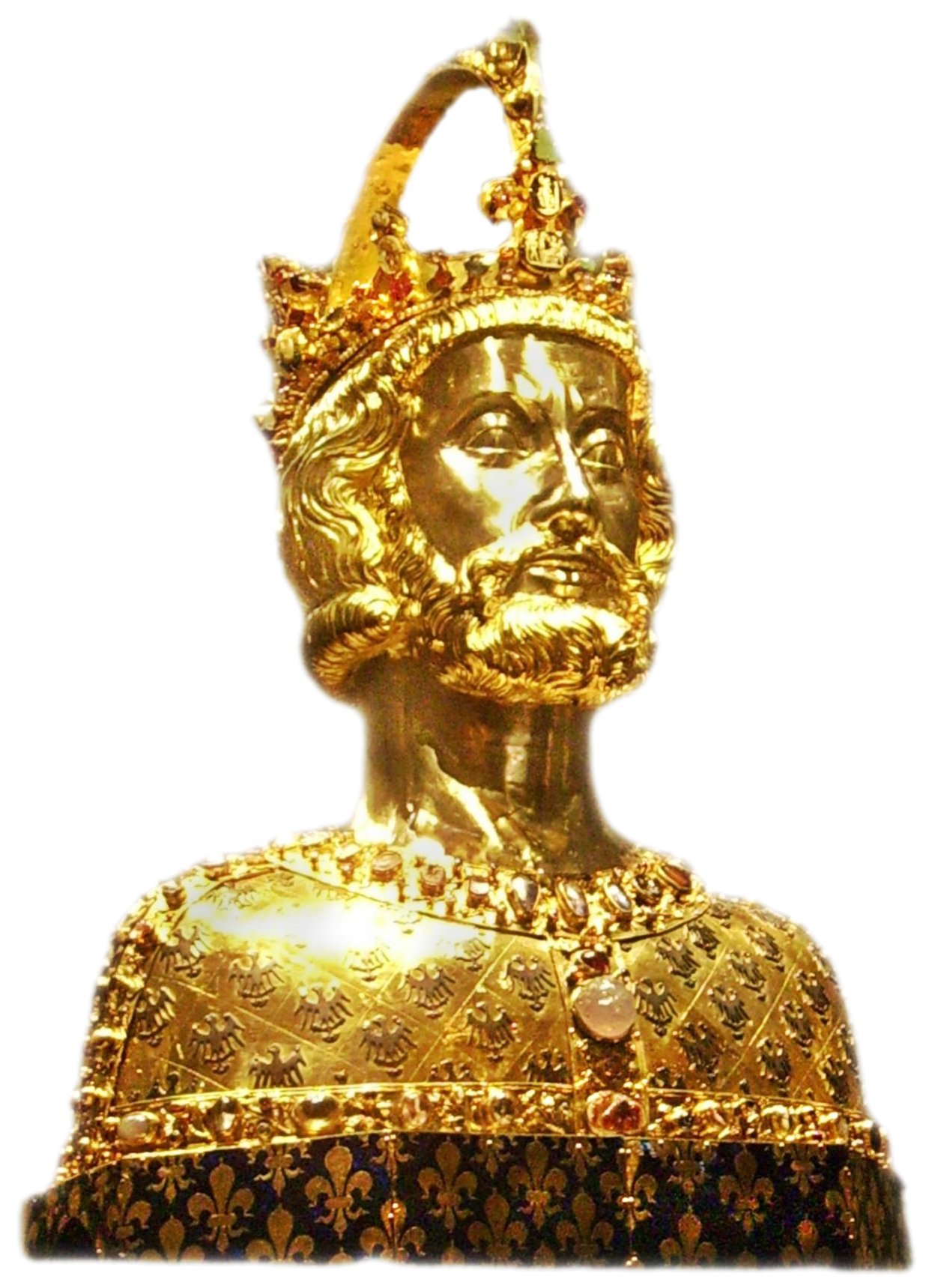



.jpg)


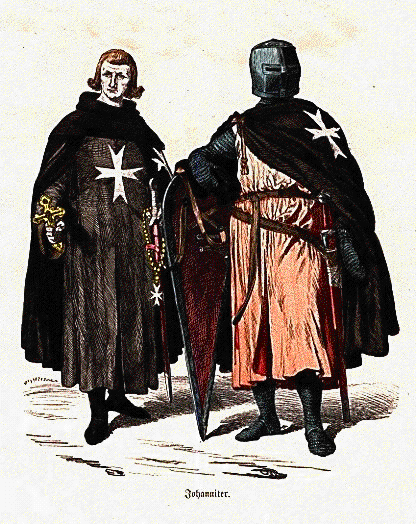

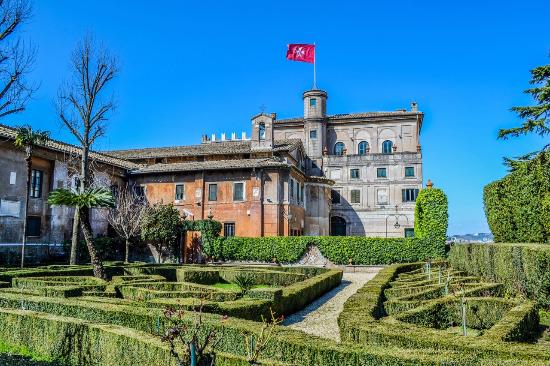


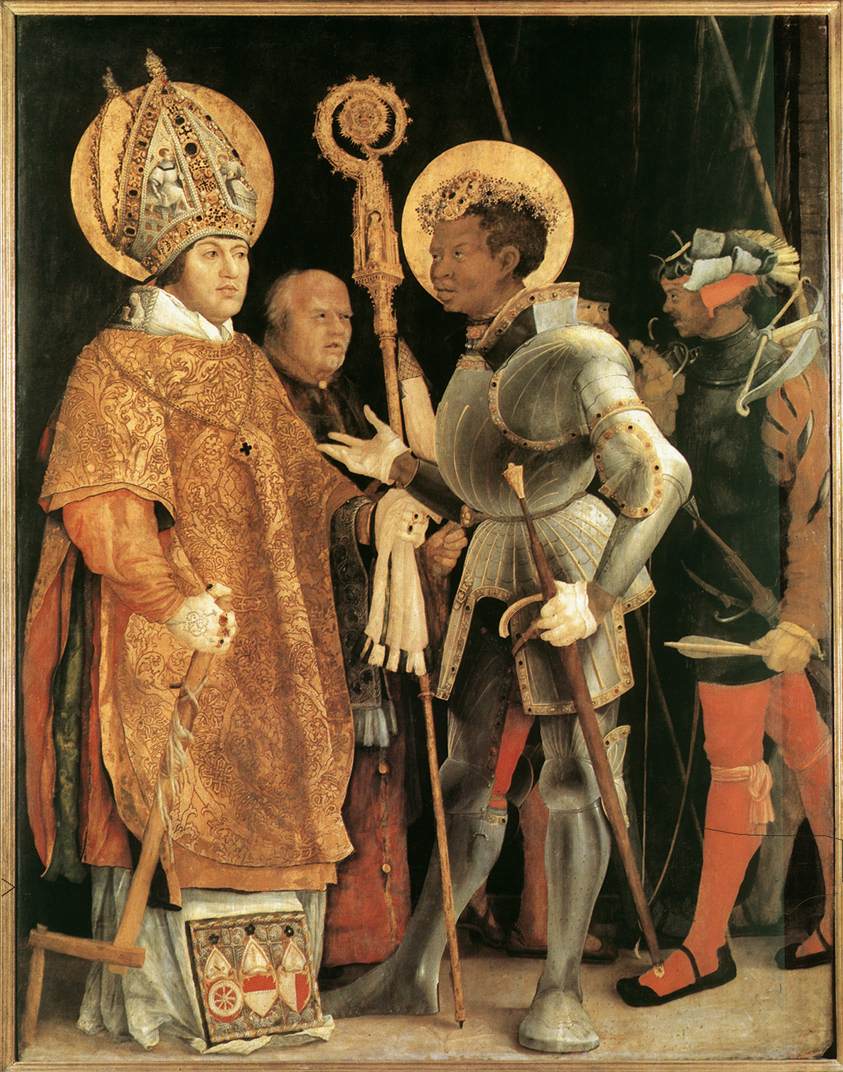
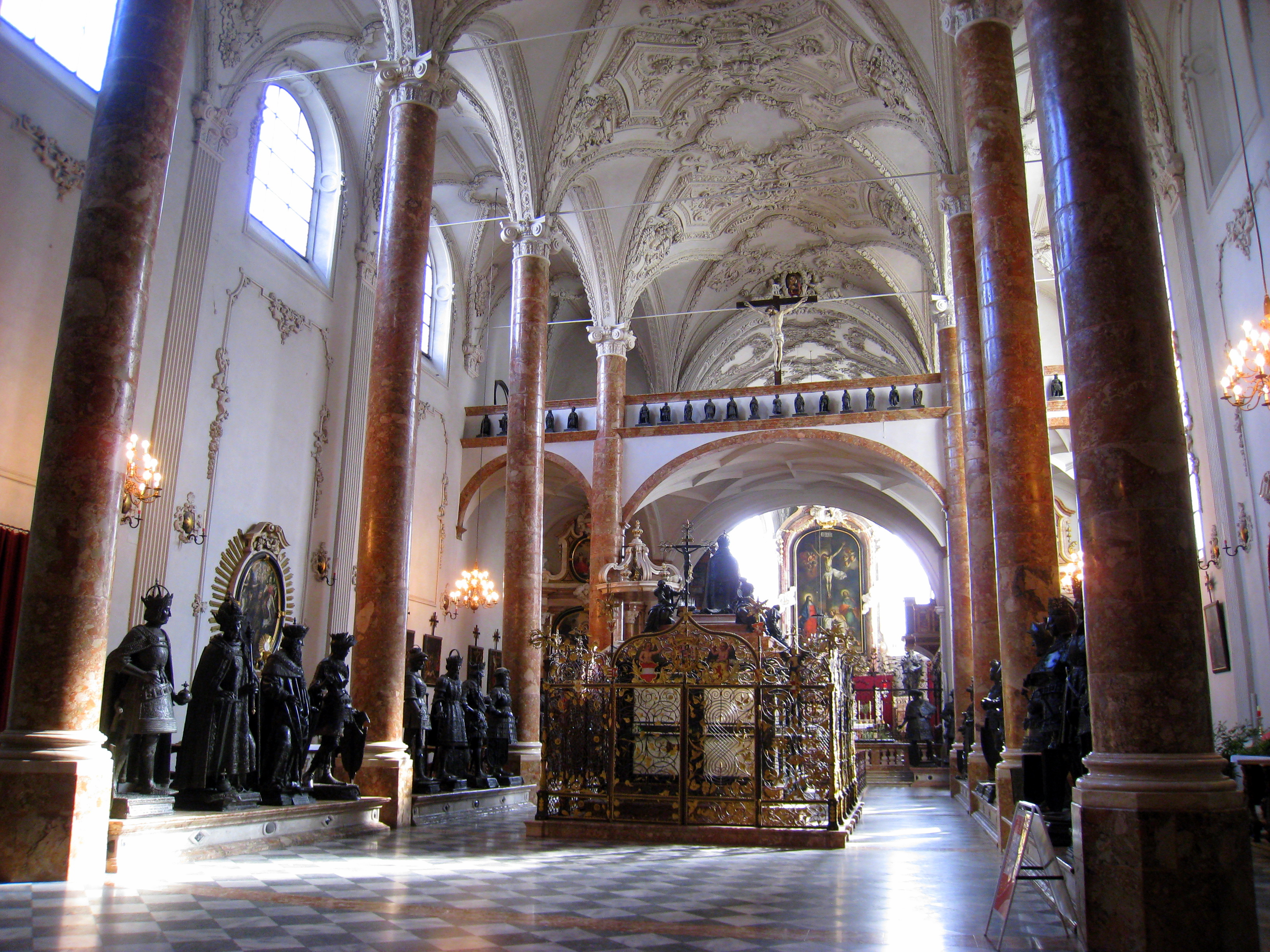


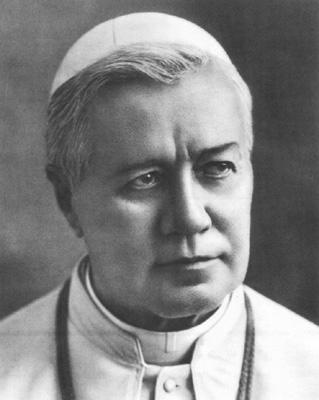






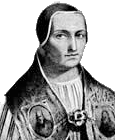






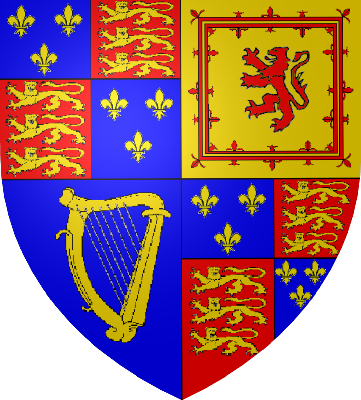
_-002.jpg/220px-Circle_of_Anton_Raphael_Mengs,_Henry_Benedict_Maria_Clement_Stuart,_Cardinal_York_(ca_1750)_-002.jpg)



No comments:
Post a Comment